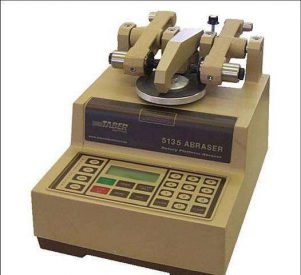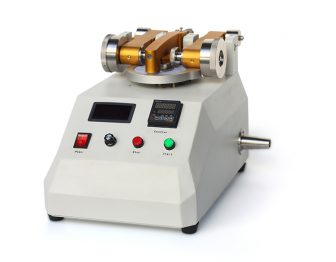The current taber wear tester is a widely used class of wear resistance test equipment, in many materials testing industry has application, taber wear instrument for cloth, paper, paint, plywood, leather, tiles, glass, natural plastic Wait. Test for the rotation of the test material wore a pair of wear wheel, and to provide the required load, the sample rotation to drive wear wheel, to wear the sample, wear loss weight before and after the test material weight difference.

A lot of enterprises on the taber wear-resistant instrument has a rigid demand, but the face of the market a lot of taber wear-resistant wear-resistant type and brand feel no way to start on how to choose taber wear-resistant instrument, and now to help you analyze the current market situation. At present, imported original taber wear-resistant instrument prices higher prices, the general price between 5-10 million, while the domestic models of low prices, only relative to the imported models of 1/6 ~ 1/10, but the quality, performance Uneven, test stability and accuracy of the domestic do a good brand is basically no difference with the imported products.

Taber wear-resistant instrument mainly through the rotation of the grinding method, the use of different types of friction wheel rotation on the sample to detect leather and plastic materials, wear resistance. Select the standard set of weights to detect material properties. Check the weight loss of the outer surface of the sample, such as noticeable mechanical damage.